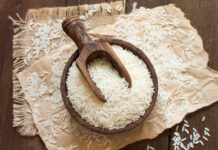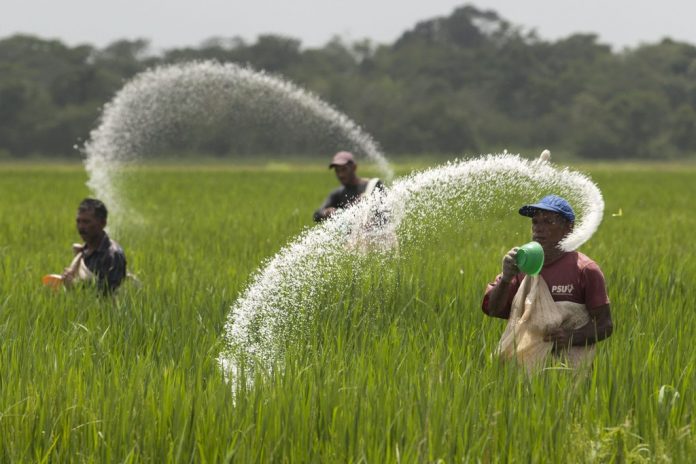LAHORE: Pakistan’s urea inventory was recorded at 86,155 tons at the end of July this year, reaching a five‐year low of around 105,000 tons last seen in August 2013 pointing towards an imminent shortage of urea in the country.
The July end inventory reading is also the lowest monthly reading in seven years since July 2011 when closing inventory was recorded at around 76,000 tons.
According to industry experts, an average buffer stock of around 250,000 tons is normally maintained by the industry and the urea inventory falling to its current level is an alarming situation for the country.
In January 2018, special permission was granted to export around 76,000 tons of urea to Sri Lanka in a meeting of the Economic Coordination Committee (ECC). Pakistan had banned the export of urea from December 31, 2017, and according to reports, special permission was granted to export urea to Sri Lanka on the insistence of former prime minister Shahid Khaqan Abbasi after a special request from the Sri Lankan president.
Reportedly, the national food security and research secretary had at that time expressed reservations on the matter insisting that a buffer stock of 200,000 tons should be maintained to meet the country’s requirement for the Rabi 2017-18 crop-sowing season.
On the other hand, the National Fertiliser Development Center (NFDC) has reported erroneous figures of urea inventory without accounting for the exports shipped to Sri-Lanka during the period from February to March 2018.
According to official data available with Profit, the closing balance of urea inventory for June 2018 was reported at 167,431 tonnes, while the opening balance for July 2018 was reported to be 104,631 tonnes, revealing a difference of 62,800 tonnes. Experts contend that the huge difference in the numbers is accounted for by the urea exported to Sri Lanka, which due to the ‘carefree and unprofessional’ behaviour of the NFDC officials was not adjusted beforehand.
“If there is not enough channel inventory (stocks with dealers), gas is not provided to closed plants or urea is not imported, there would be a shortfall of around 200,000 tons assuming past 10 years average offtake in the second half of the year of 3.1 million tons, and production of 2.9 million tons (assuming July’s production levels persist),” says Pakistan Kuwait Investment Company Assistant Vice President Research, Adnan Sami Sheikh.
Some urea plants like Agri Tech, Fatima Fertiliser and Pak Arab have been nonoperational since June 2017 due to non-provision of system gas and the high cost of Liquefied Natural Gas (LNG). However, the government is working on making these plants operational again by ensuring the provision of a blend of gas at subsidised rates. “If that happens a crisis like situation can be averted,” explains Adnan Sheikh.
Recently, prices of urea have also been increasing in the country partly due to the removal of government subsidy and an apparent impression of urea shortage. With the removal of government contribution (subsidy) and manufacturer contribution prices of urea went up from Rs1,400 to Rs1,600. According to industry experts, this created an impression of shortage that kicked up the prices in the black market to Rs1,750. However, contrary to media reports, the company’s have themselves been still selling urea at a maximum of Rs1,600.























